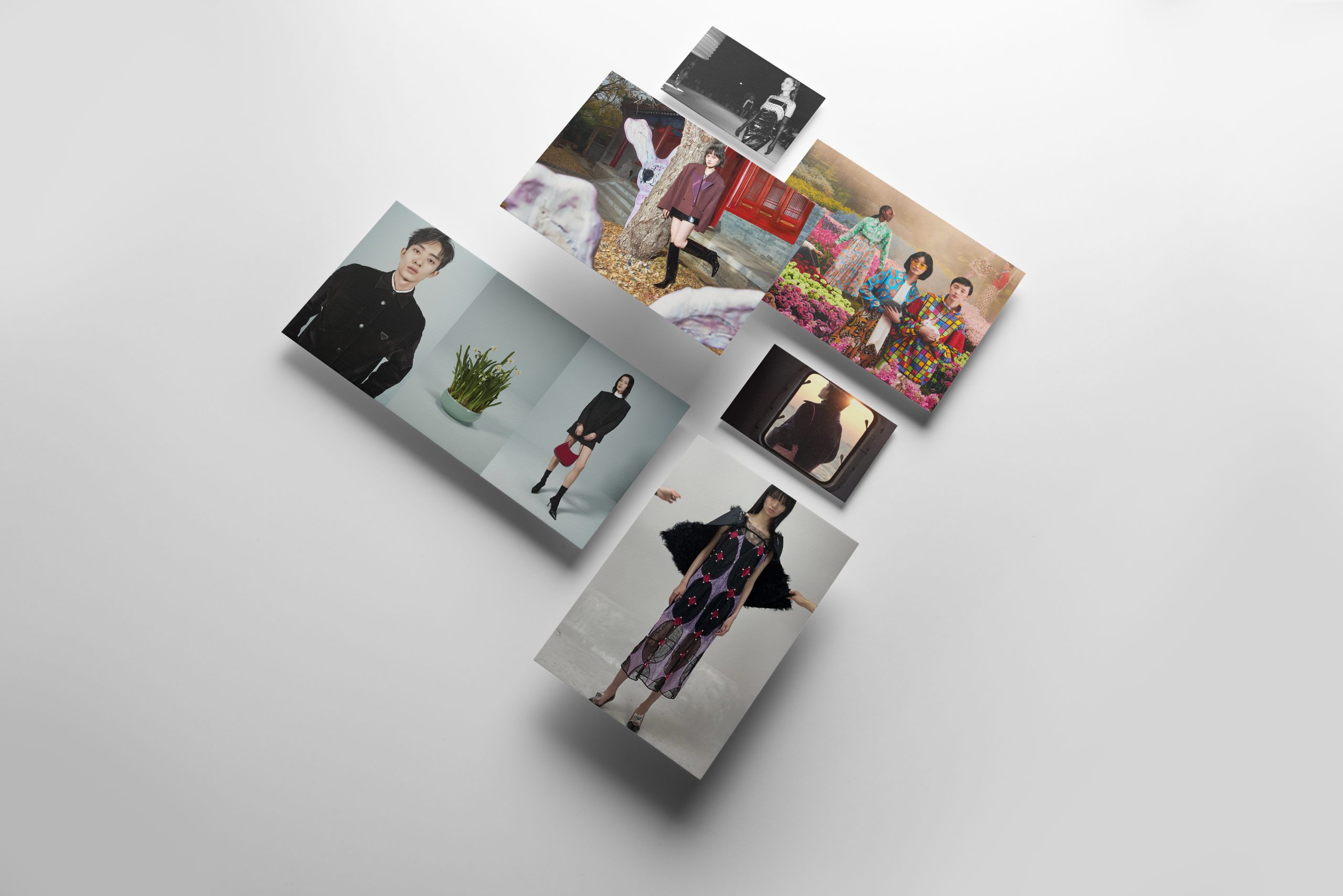Luxury Fashions Hopped Right into the New Year with a Bevy of Approaches to Capitalize on the New Year
By Lizzy Bowring, Mark Hooper, & Mackenzie Richard
The Impression team takes a look at rethinking the approach around the holiday, how to design a smash hit capsule to ring in the new year, and why these projects matter now and for the future.
Index
- Lets Talk Money– The Fiscal Opportunity of Chinese and East Asian Market
- The Campaigns That Shaped the Year of the Rabbit, for Better or Worse
- Collaborations and Beyond
- Designing Thoughtful Product
Lets Talk Money– The Fiscal Opportunity of Chinese and East Asian Market
Given the large and swiftly growing Chinese luxury market, it makes perfect sense as a marketing tactic for brands to view the Lunar New Year as a key campaign opportunity, with many launching capsule collections in celebration.
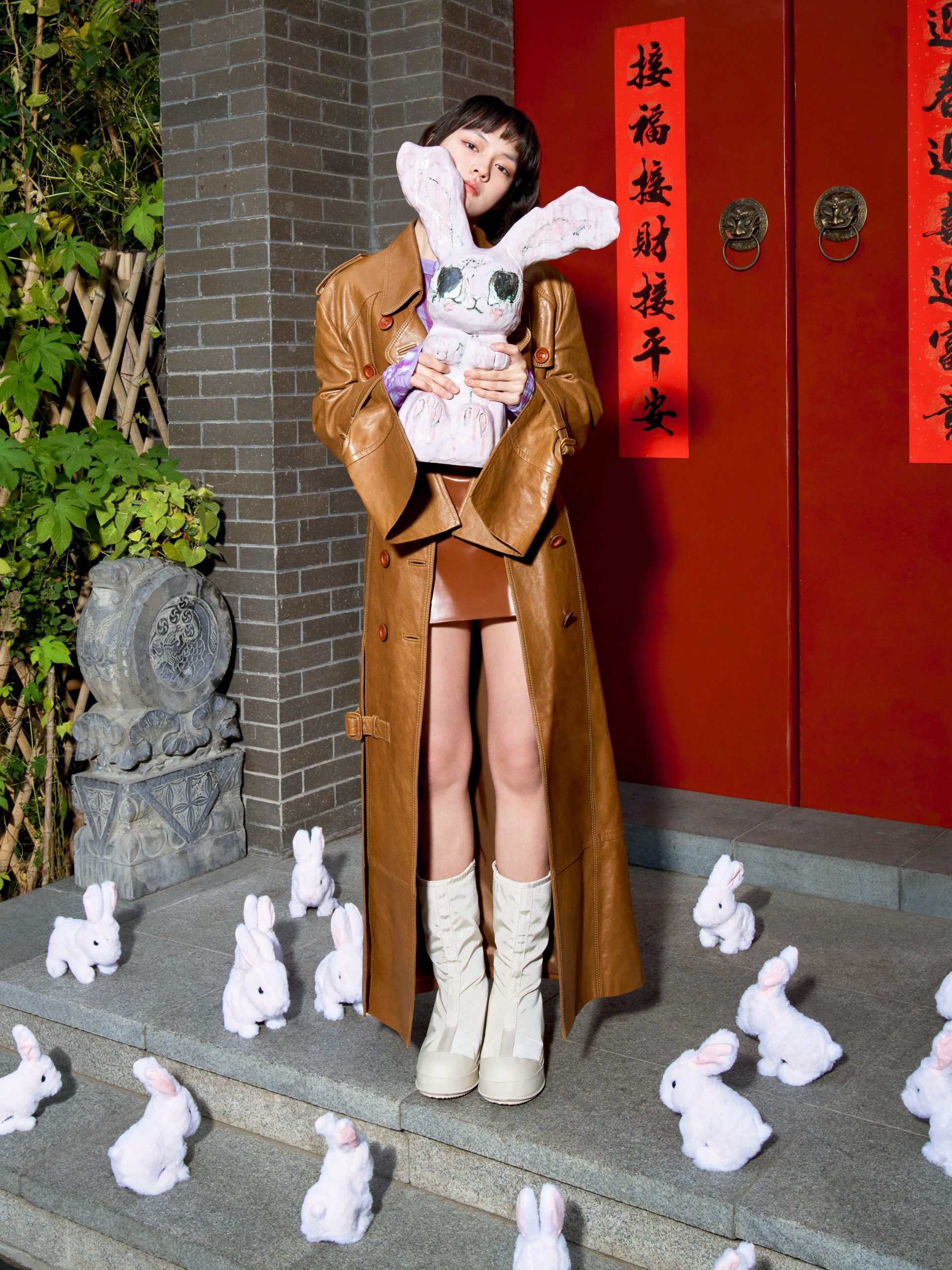
Not to mention, the timing couldn’t be more perfect – the Lunar New Year offers the chance to reboot and reset after the festive retail period and January sales discounts. The opportunity to produce highly collectable and limited edition collections themed by each year’s zodiac animal makes this ripe for collaboration with a wider set of brands (cue the Miffy and Roger Rabbit tie-ins).
The 400 million Gen Z consumers in China have already been targeted as a core marketing demographic – and it’s worth noting how Chinese brands have adopted new tech strategies including live streaming, NFTs and virtual KOL (Key Opinion Leader) avatars in order to woo them.
With a projected CAGR (Compound Annual Growth Rate) of 5.50% (*Source: IMARC Group), the Chinese luxury market is expected to be the world’s largest by 2025.
This is despite the slowdown during the country’s strict Covid restrictions (where China’s domestic market inevitably saw an uplift while the borders were closed). Now that the lockdown laws have been eased and international travel is back on, expect to see a further boost to the economy – meaning the Year of the Rabbit could bring luck to all those who embrace its potential.
The Campaigns That Shaped the Year of the Rabbit, for Better or Worse
We often see brands playing on the animal associated with the Chinese zodiac. Some brands like Moschino and Mulberry have teamed with the world’s most influential bunnies, taking the chance to incorporate Bugs Bunny and Miffy into their campaigns and welcome the Year of the rabbit.

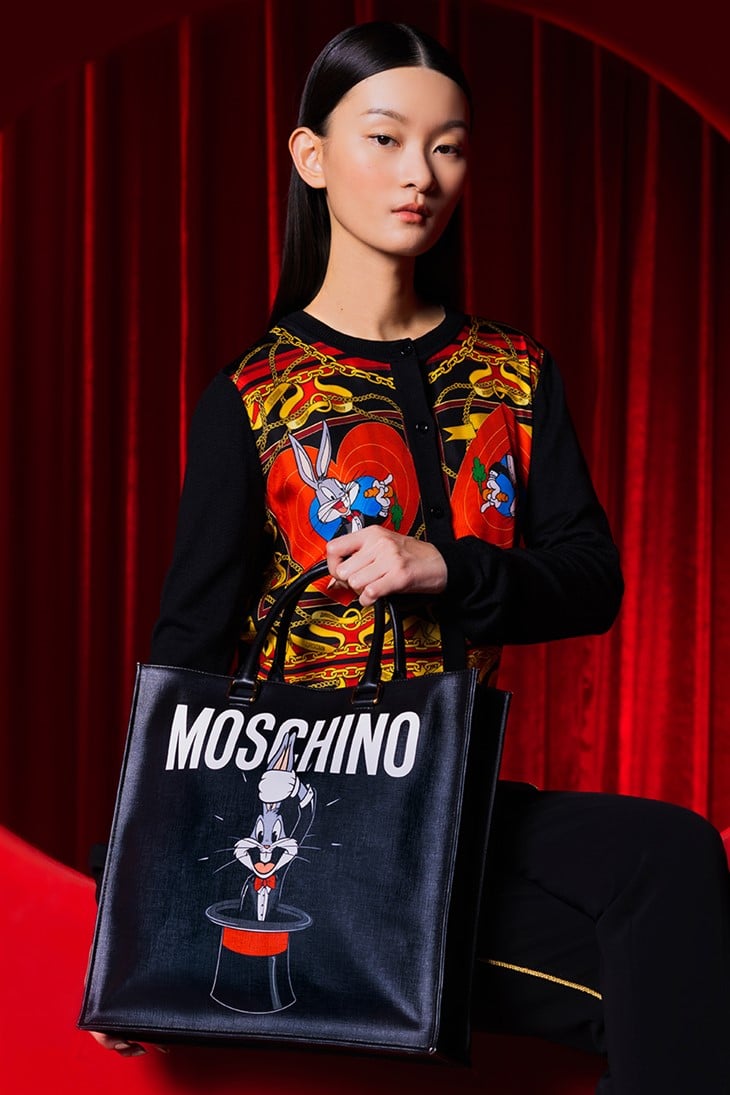
Moschino’s classic styles were “Bunnified” with a pairing we didn’t know we needed. The campaign showcases a new leather jacket and a variety of handbags with Bugs Bunny themes, accessories, and outerwear taking center stage. The campaign’s background, the well-known red Looney Tunes tunnel, was a lovely way to incorporate the festive and customary red associated with the lunar new Year. Following several red-washed Lunar New Year campaigns, Moschino stood out with an eminently commercial effort. This collection was full of conversation-starting pieces, from Bugs Bunny-shaped heels to the traditional Moschino Biker Bag, now embellished with bunny ears for the occasion. It dances on the edge of the ringard but pulls through as just plain fun.

Max Siedentopf collaborated with Gucci to create a vibrant and thoughtful campaign featuring playful and refined iterations of the rabbit—an animal representing intelligence, health, and longevity.
Reverberating colors set an exuberant tone in the campaign, echoing the joyful spirit of the occasion that anticipates the arrival of Spring. To bring the collection to life, a group of friends encounters rabbits in a fantastical field of flowers, with the bright colors of the blooms amplifying the mood. In this dream-like meadow, playful moments alternate with more sentimental ones, with the soft light of sunrise heralding the start of a new year.
Though Ferragamo’s LNY campaign provides a lovely look at the capsule, the imagery itself approach doesn’t do much to distinguish itself from the slew of Lunar New Year campaigns that arrive this time of Year in a personal play to the staggering growth of the Chinese luxury market. This could be one of those rare campaigns in which the medium is not the message, and the clothes are the only focus. Valentino is another that has potentially dropped the ball. Their campaign stars actor and brand ambassador Sun Li alongside her sister, actor Sun Yan; the campaign serves mostly as a stylish and competent lookbook for the brand’s celebration-ready Lunar New Year collection. Alongside them is Diesel’s one-dimensional take on the emblematic red. While the collection is universal, the imagery and storytelling are simply lacking. With its new Lunar New Year campaign by photographer Nagi Sakai, Proenza Schouler has us seeing red. While the campaign does provide a visually appealing look at some festive red suits, this color is pretty much the only thing that connects it to the holiday it commemorates; it would have been nice to see some emotion and narrative or a look at the kind of playfulness that the Year of the Rabbit represents.




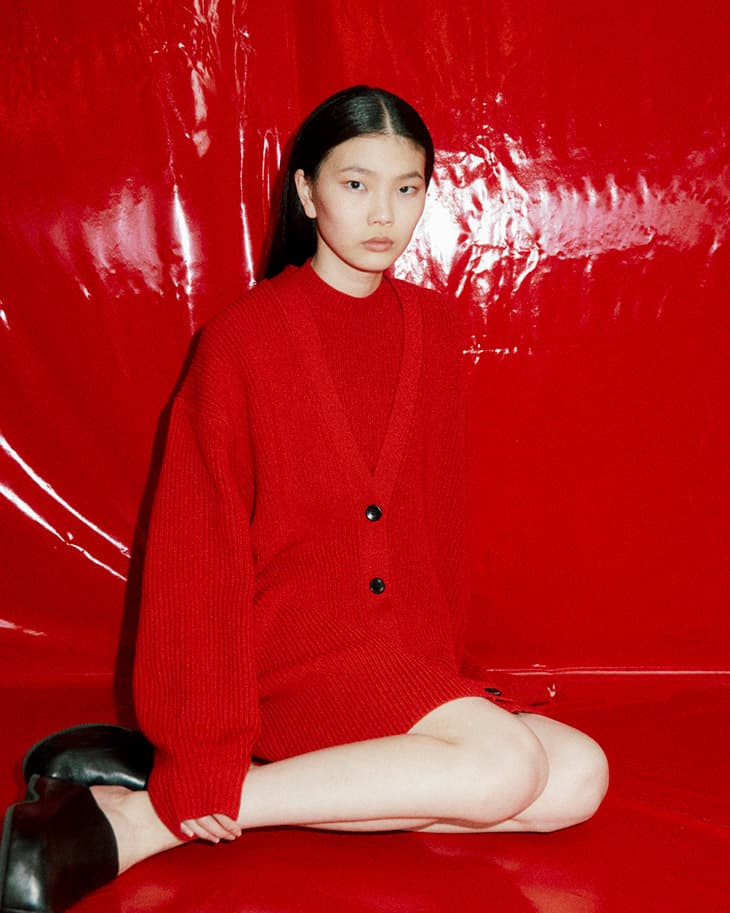
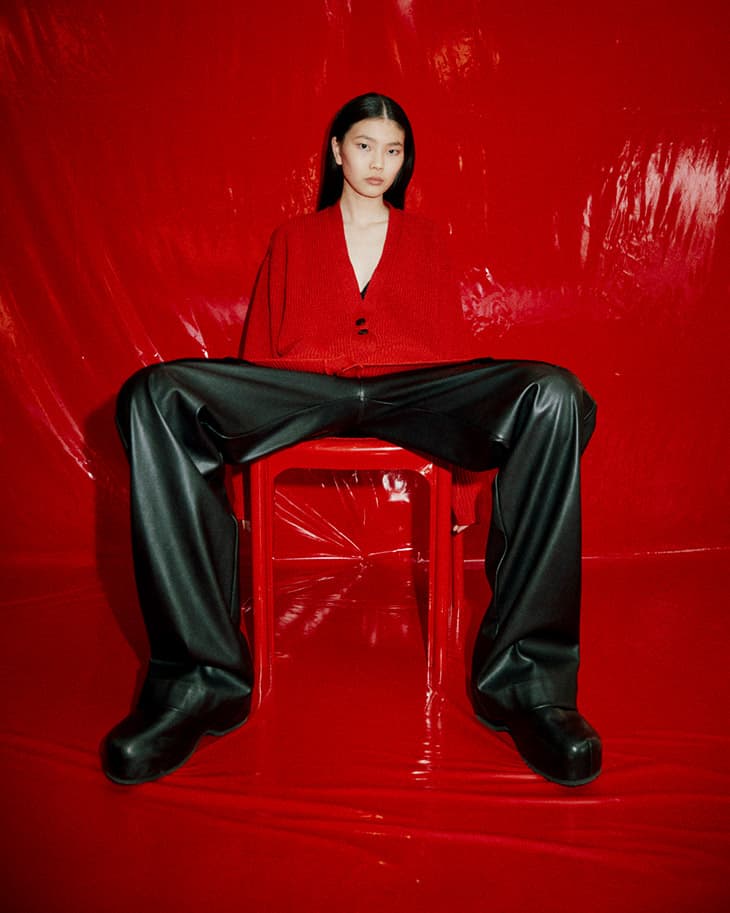
Prada has managed to create something quite different. While it could appear the brand released another quasi-look book, they smartly evoked Prada’s well-established signatures, playing on evocative intellectualism while taking a subtly intimate look at what Lunar New Year means on a personal level.
Photographers Nick Yang and Zhongjia Sun hopped on Prada’s themes from their Fall 2022 men’s and women’s and holiday campaigns, which juxtaposed their stars with enigmatic still-life imagery of meaningful objects from stories of their past. Taking a similar approach, the Lunar New Year campaign sets Yang’s crisp portraits alongside objects connected to memories of the holiday and its celebrations for each star. In this way, familiar objects – a record player, a portable camera, a rotary phone – are transformed into symbols of identity and emotional connection.

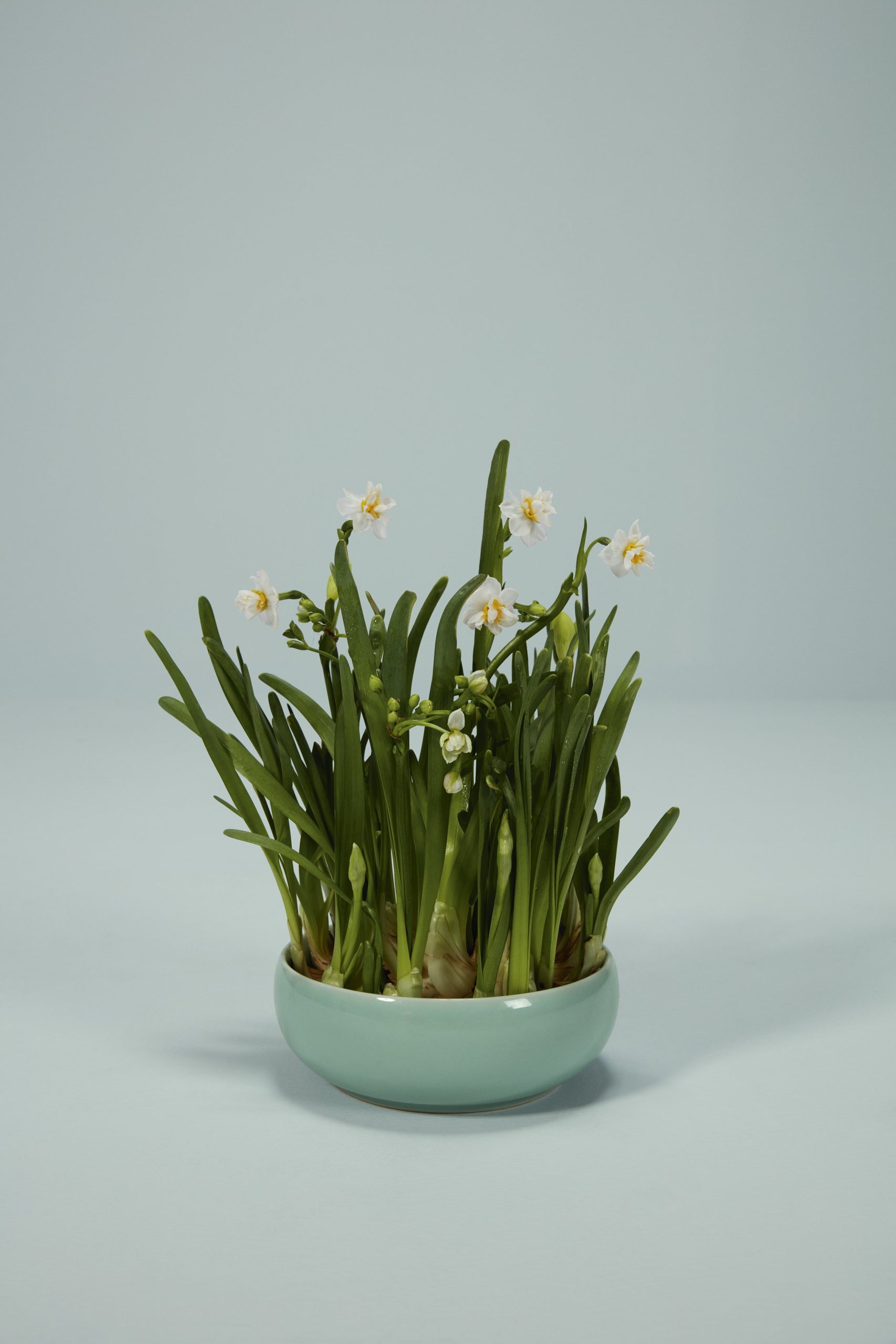
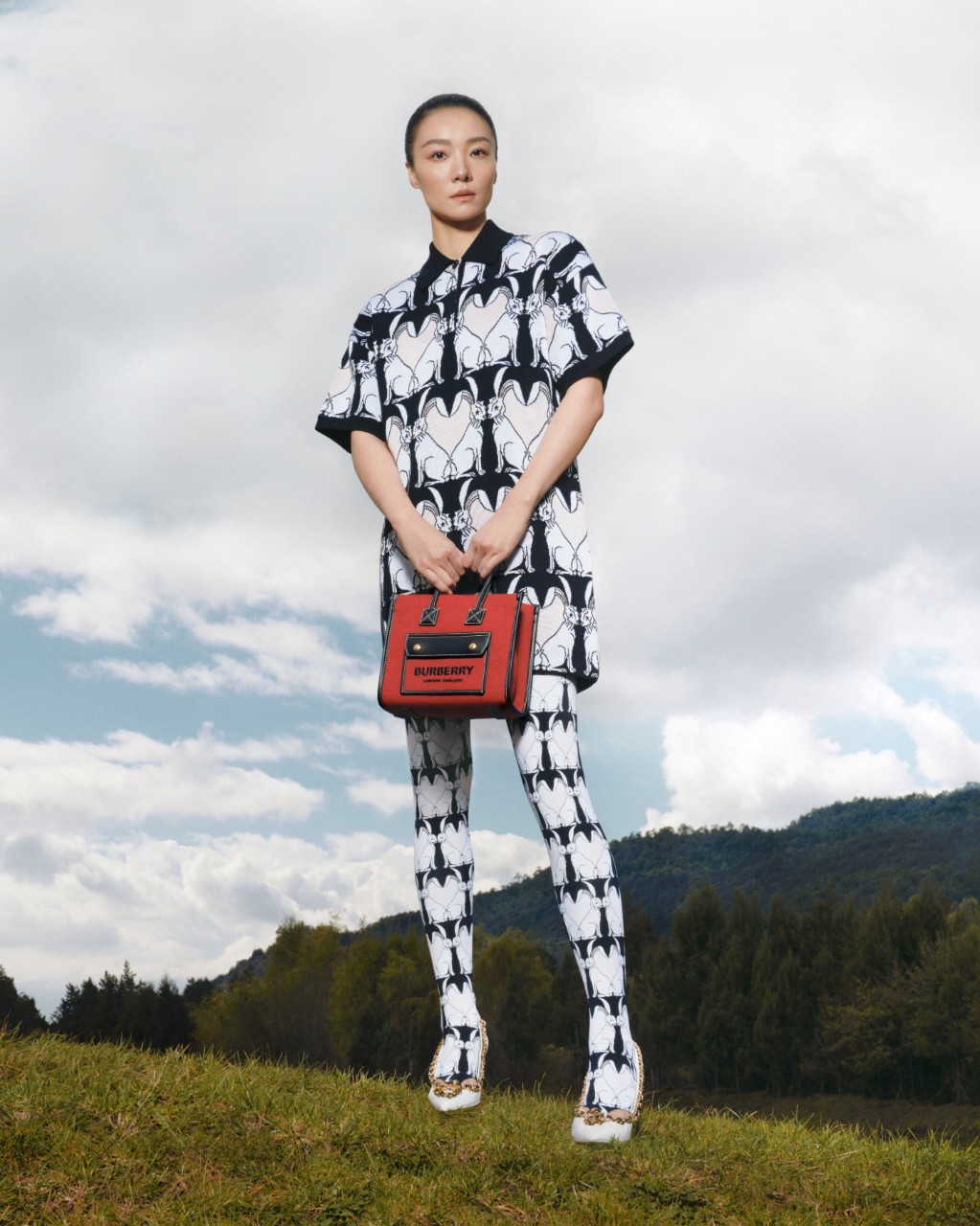
Burberry leaped into the New Year with its Year of the Rabbit campaign in honor of the 2023 Lunar New Year. Zika Liu directed the campaign, and Sky photographed it. Burberry took a joyful leap forward, channeling the rabbit’s elusiveness, cuteness, and fairytale quality of leading one toward the unknown.
In addition to being fast-paced and visually stunning, it demonstrated the creative team’s deeper thinking about what the rabbit can mean as a symbol for personal discovery in the New Year.

Bottega Veneta has presented a thoughtful and sincere celebration for the event that manages to involve both the brand DNA and a genuine celebration of the LNY. The house created a New Year message that manifests in a short film, a physical installation, and a personalizable WeChat e-card available to all. The driving force behind the campaign comes from a local custom with universal value–Time is the ultimate luxury. The campaign speaks to the value of time and illustrates the value of reflecting on the paths that lead back home and the value of spending time with those you care about. It’s this note that Bottega Veneta stresses and finds common ground with the holiday. The E_Card was inspired by the emotion and anticipation of returning home to rejoin family and friends. The artwork for it was inspired by the concept of ‘Reunion in Motion’ and involves a filter prompting users to write a message on the condensation of a moving train window with their fingertips. This digital artwork works to connect those who may not be able to visit friends and family this year. To commemorate the campaign’s launch, a moving train emblazoned with the brand’s signature green will embark on a month-long journey across China, bearing a logo-free, unbranded message on both sides: On the roads that lead home, Happy New Year. Bottega Veneta’s unconventional physical activation aims to reach a wider audience, from major cities to mountainous villages.
Thom Browne’s Lunar New Year campaign consisted of two videos and fifteen products all available on their website. Truly embracing the whimsical spirit of the brand and the New Year.

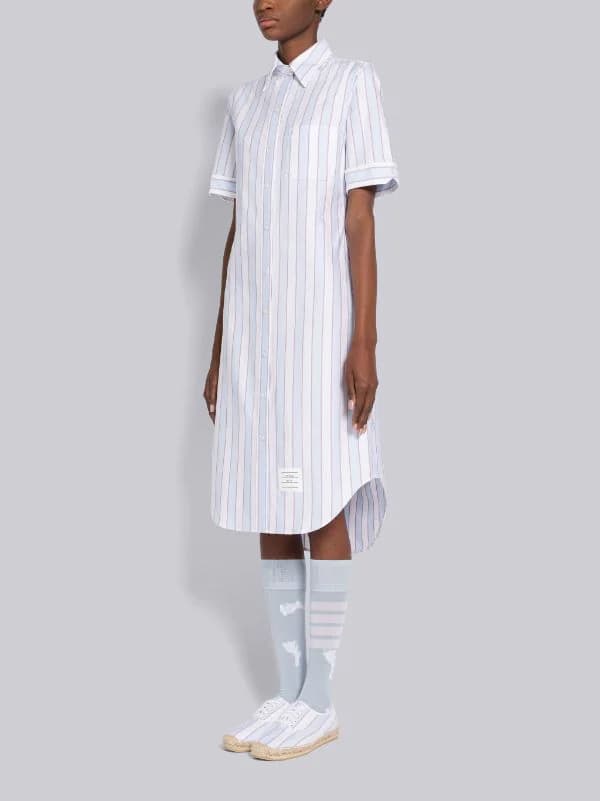


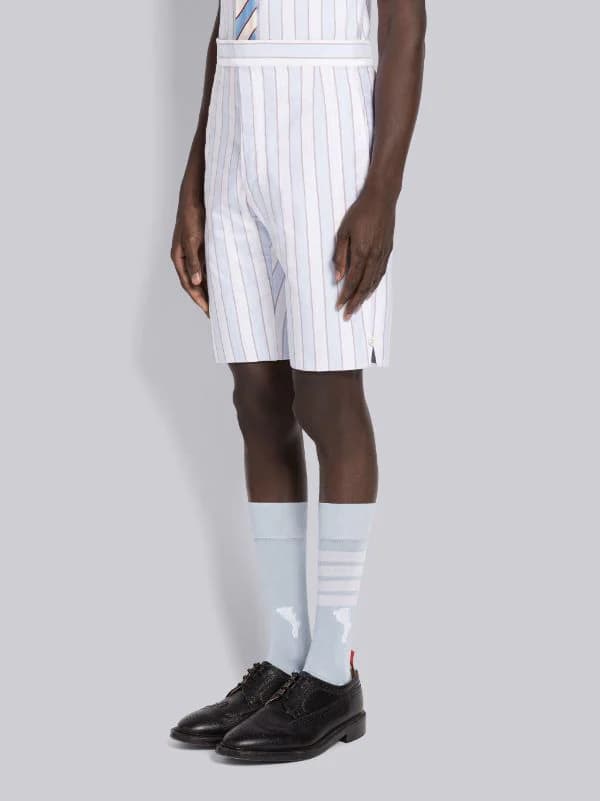


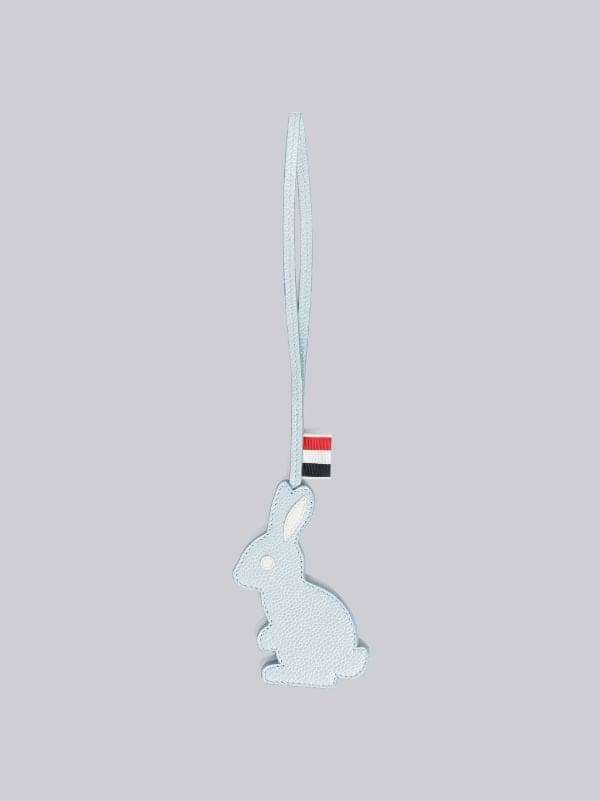
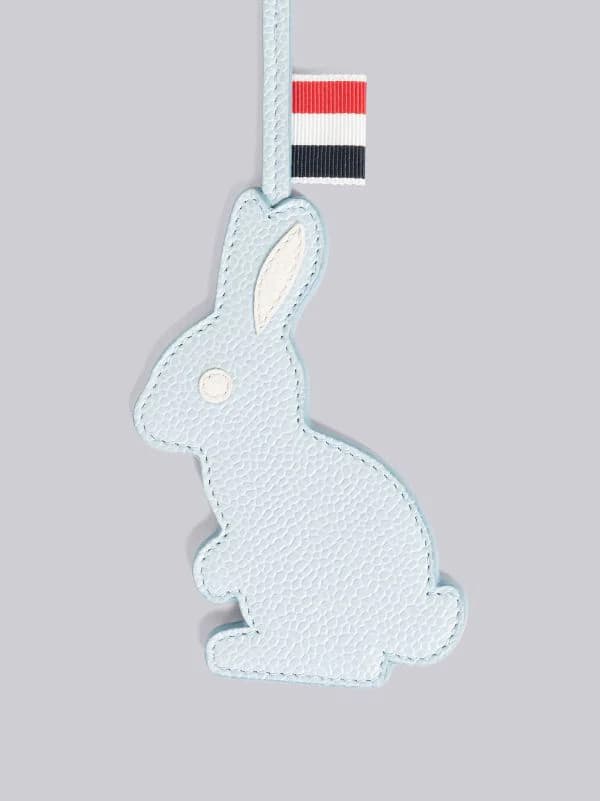
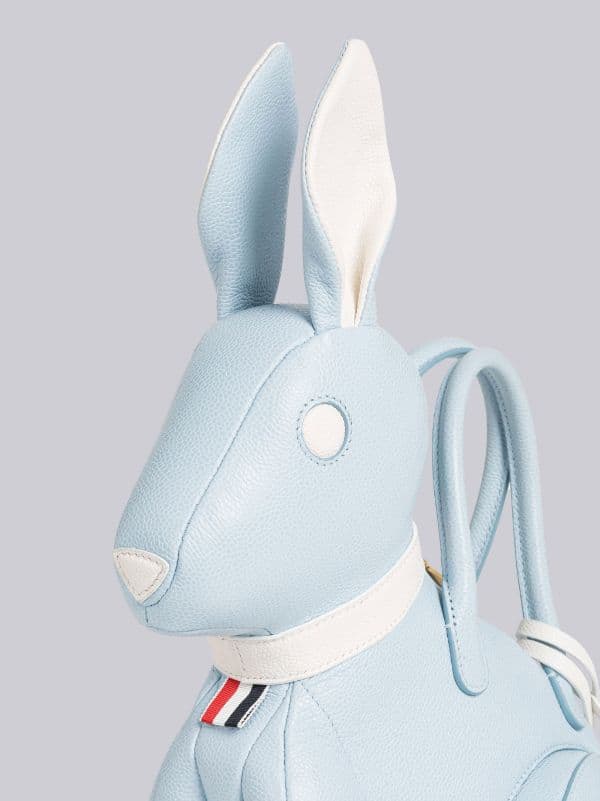
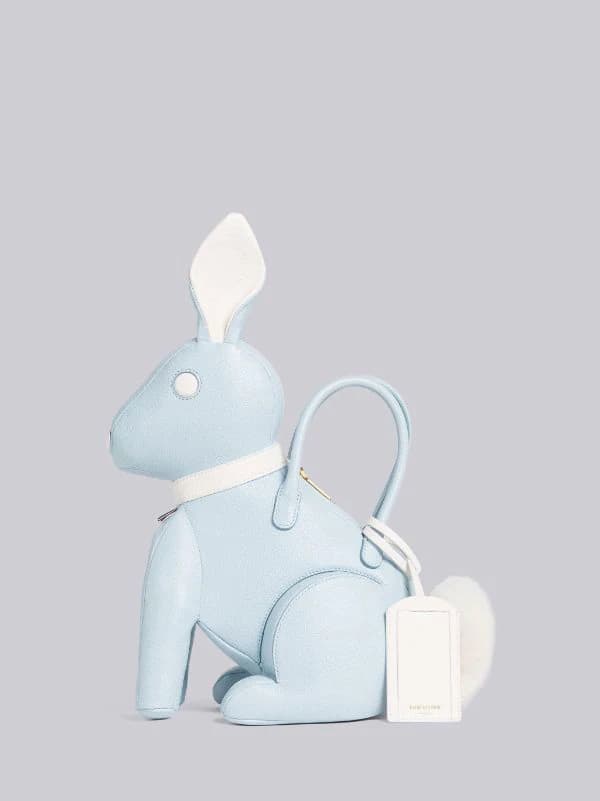
Collaborations and Beyond
At the risk of stating the obvious, Lunar New Year is a spectacular time to showcase brands’ creative and culture-focused marketing campaigns; what isn’t obvious is how to create a campaign that reflects the excitement of the holiday and genuinely engages with the culture around the Lunar New Year.
Although it is commonly referred to as “Chinese New Year” in the West, Lunar New Year is observed by various East Asian and Southeast Asian cultures, ranging from mainland Chinese to Vietnamese, Korean, and Ryukyu. While each culture has its own beliefs and customs, the shared holiday celebrates the arrival of a new moon and, thus, a new year, ushering in happiness, health, and prosperity. However, over the last decade, many commercial entities have targeted the holiday for marketing purposes, creating, designing, and customizing limited-edition LNY/CNY products to capitalize on the occasion that celebrates good fortune. Because of the holiday’s over-commercialization, when a brand places a model or talent in front of a non-discrete red backdrop, they fail to create a thoughtful campaign the result reads as insincere and or disingenuous. The bottom line– brands ought to be wary of the commercialization of the cultural event and treat LNY with more reverence.
The New Year presents a real opportunity for brands to construct a thoughtful illustration of what the holiday means. For example, they could highlight emerging Chinese designers and create a genuine statement with their campaign. China’s fashion scene is certainly not short on hot emerging designers– from Xu Zhi’s appealing attire that is expertly crafted to Double Fable’s meticulously detailed voluminous silhouettes that feature screen-printed accents. As the Lunar New Year is underway, there’s no better time to discover the talent lesser-known brands have to offer.

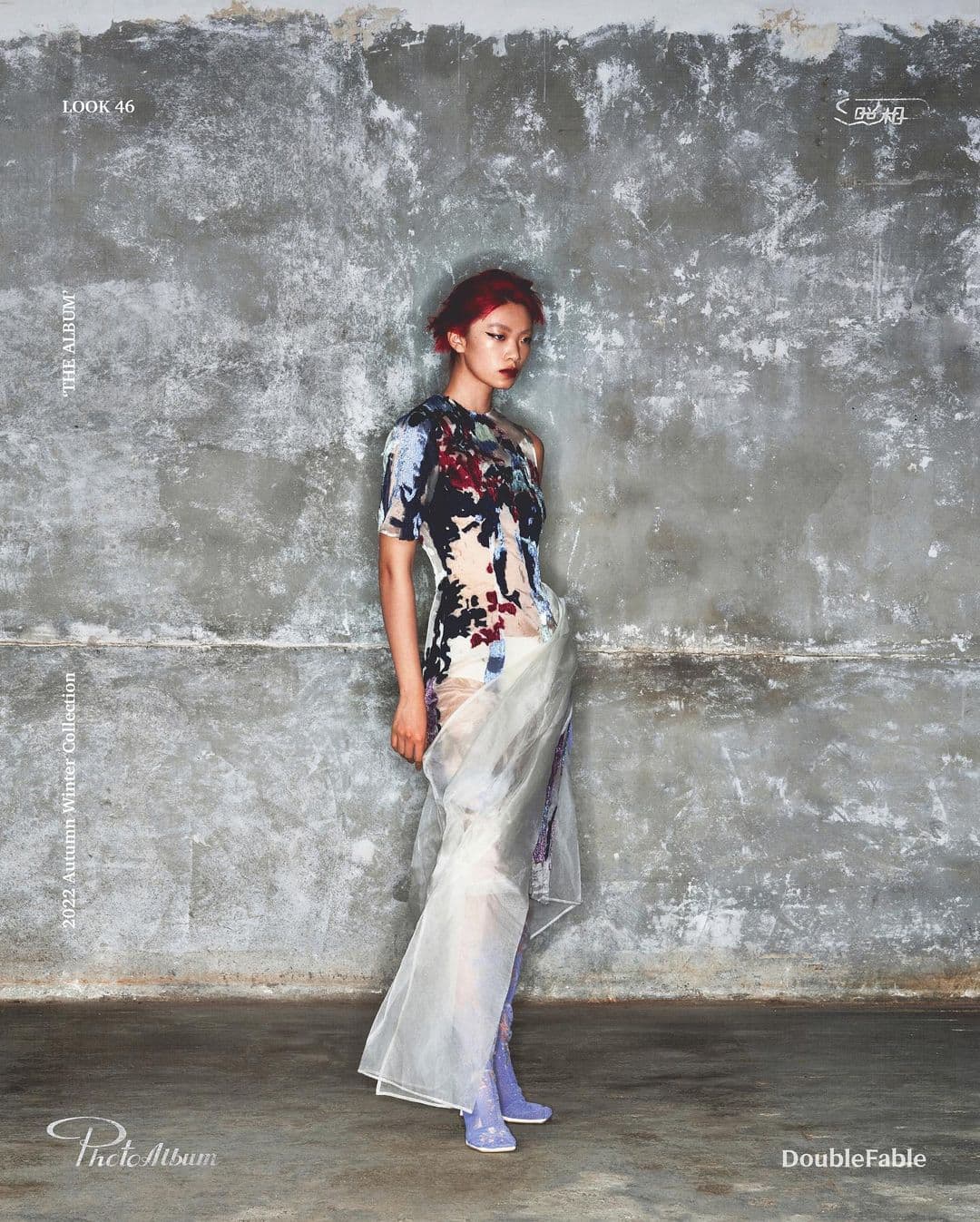

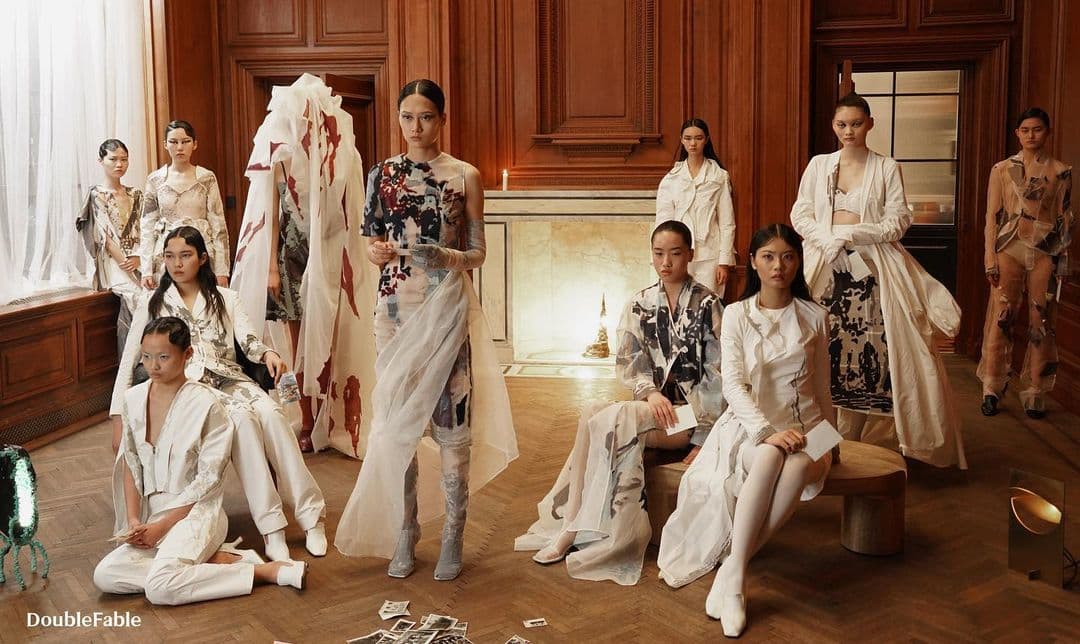

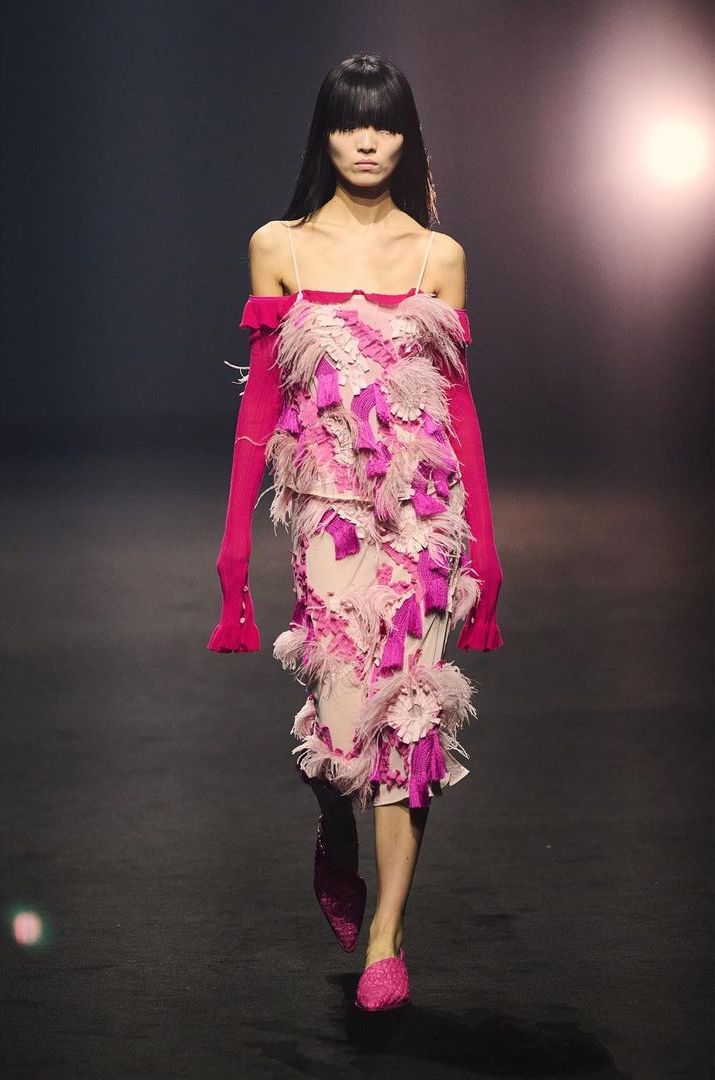

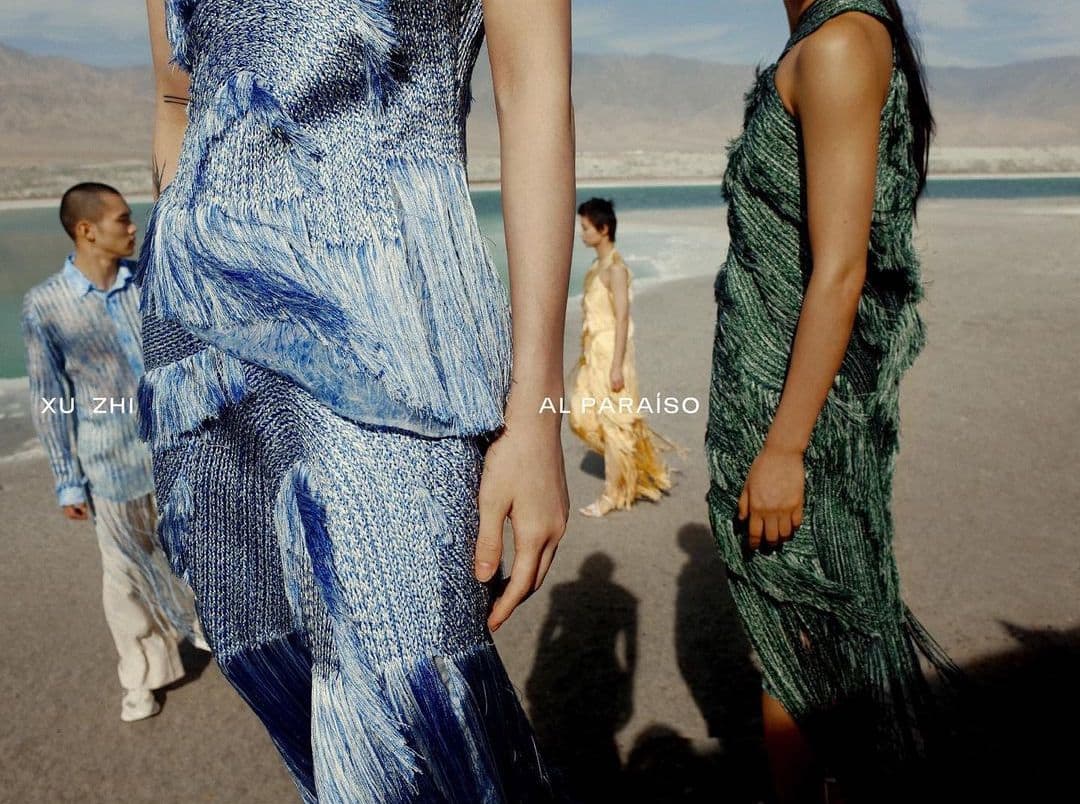





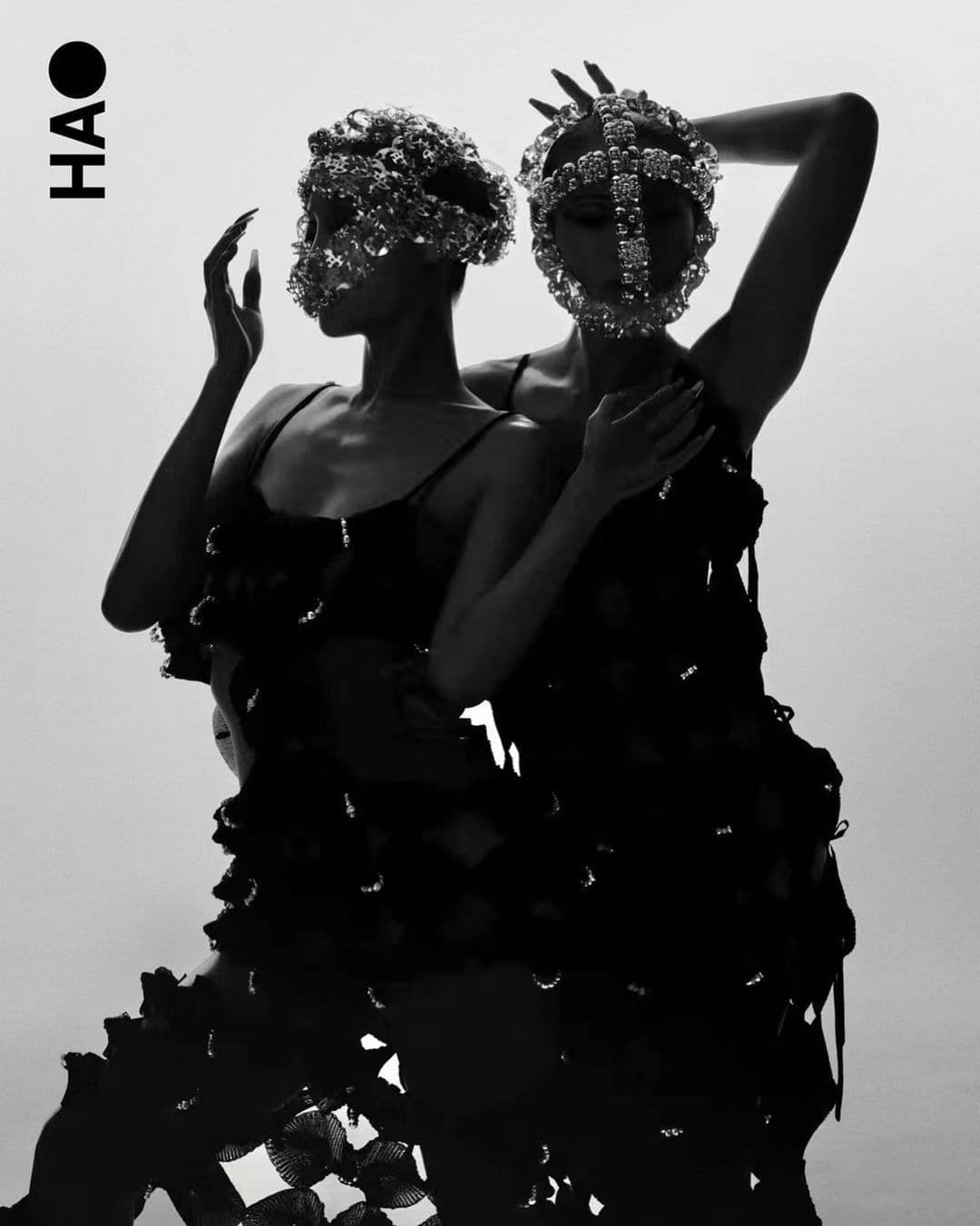

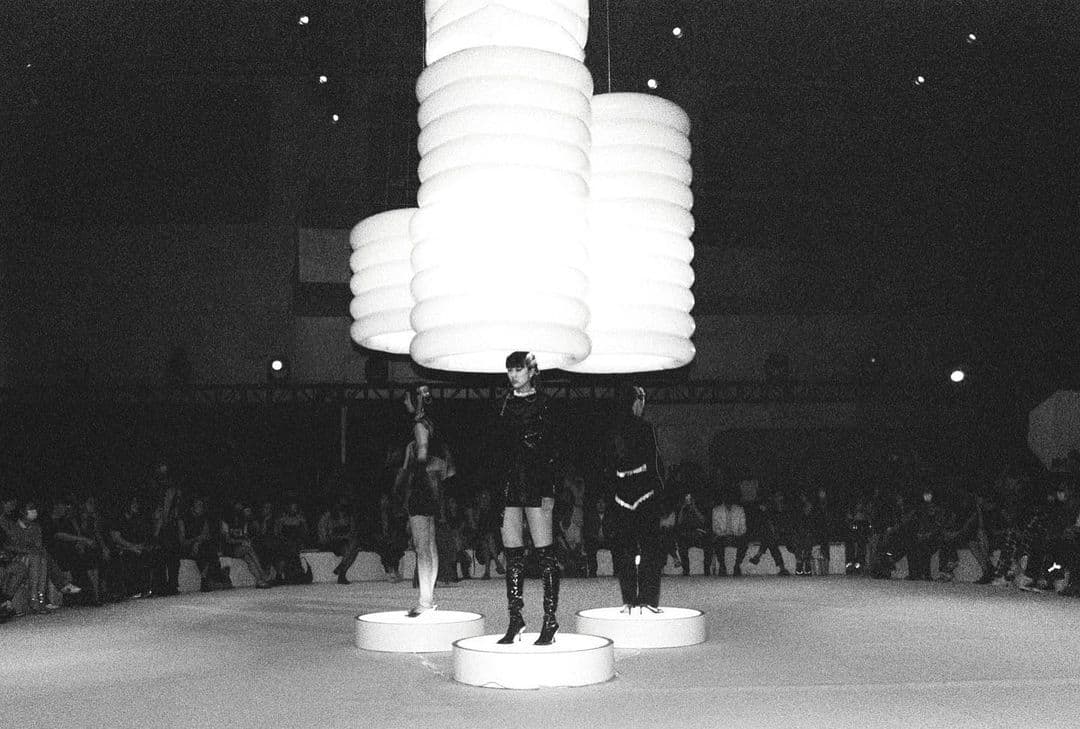

The Holiday also presents the opportunity to explore the food around the New Year. A large family reunion dinner is usually held on Lunar New Year’s Eve. The menu is carefully curated to include dishes associated with good fortune, such as fish (the Chinese word for it sounds like “surplus”), puddings (symbolizes advancement), and foods that resemble gold ingots (like dumplings). The importance of togetherness is a key theme, and food always does the trick. A brand could work with a chef to create a campaign centered around these themes.
The symbolism of red, for luck and prosperity, may launch a campaign and initiative around luxury items as investment pieces. Creating a rewards program around special limited edition New Year’s items would be an interactive way for brands to illustrate their sincere commitment to their clients while making it very easy to justify a purchase.
Creating a pop-up experience where clients can (in a way) become bunnies themselves is an excellent way to generate excitement around the holiday. Creating a pop-up that looks like a rabbit burrow with tunnels would generate excitement for the brand while indulging in some fun. In all the possibilities are endless and we’re optimistic Luxury houses will rise to the occasion!
Designing Thoughtful Product
Depending on the type of creature, a certain kind of ‘animal magic’ appeals in Lunar New Year campaigns, and this A/W 22/23 is one of the most compelling – next to the year of the Tiger, of course – the year of the Rabbit. This traditional lucky little creature, symbolising longevity, peace, prosperity, and luck, has captured the creatives’ attention.
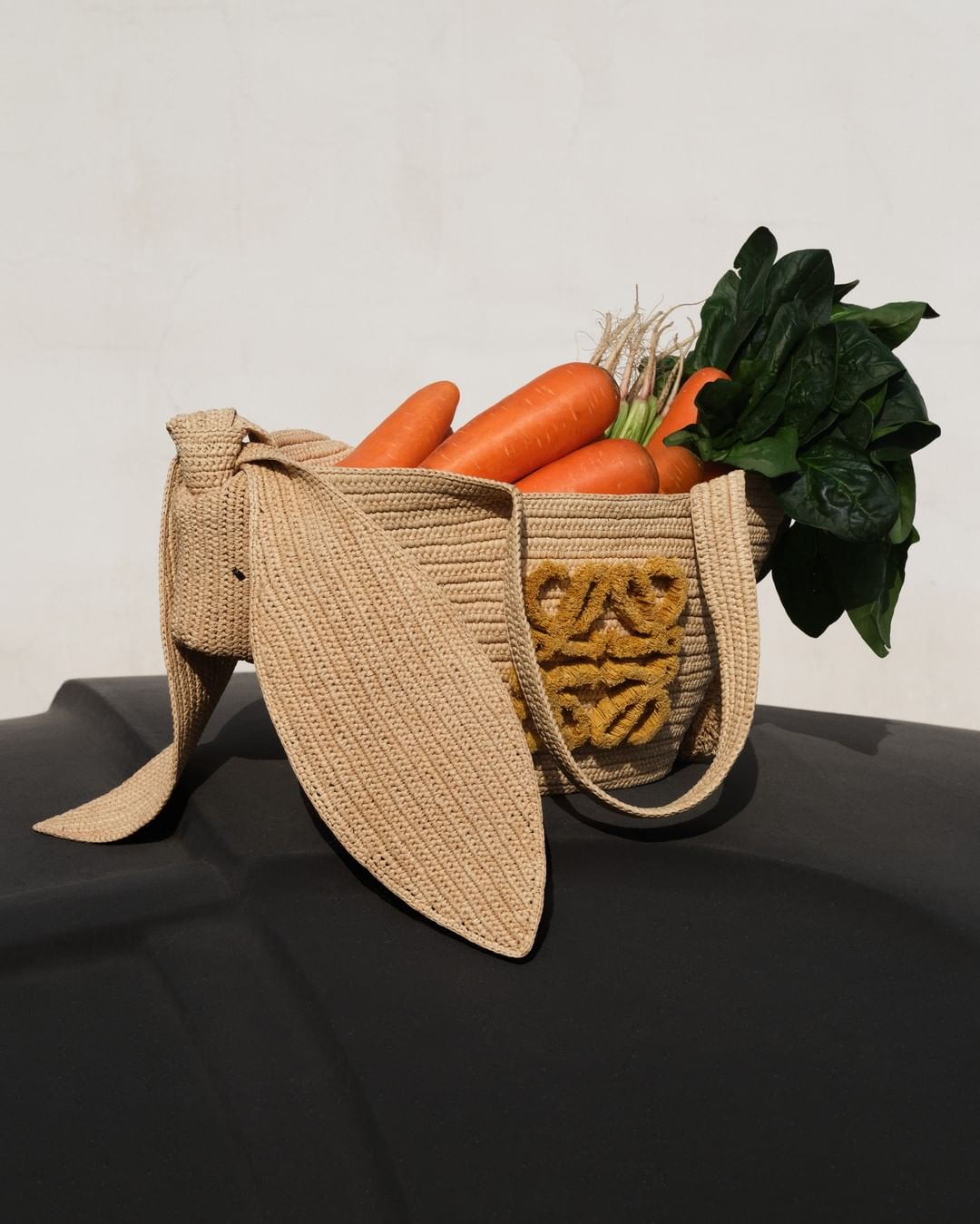
In 2022/23’s challenging trading environment, the Lunar Edition of campaigns for brands provides a unique additional opportunity to capitalize on a capsule of creativity. The fashion year traditionally consists of 2 main events covering both Fall and Spring/summer seasons, respectively. But with the growth of pre-season, Luxury fashion firms have realized that there are multiple benefits to reap by planning a campaign around the Lunar New Year, including increased audience relevance and new avenues for creative cooperation. A new marketing strategy and messaging relevant to the year’s theme have also provided a platform for unique, authentic limited-edition stories that are cleverly related to a specific product.
However, with these capsules for 2022/23 having escalated more than any other year, there is much more to mere money-making portals. Each brand needs to go above and beyond if it is serious about investing in this moment; tapping into the creatives that will invent, assist and promote in telling a story is key because creative and inspiring Storytelling holds the consumer.
Overall, luxury brands’ marketing efforts during Lunar New Year aim to showcase their products as the perfect way to celebrate the holiday and to create a sense of exclusivity and luxury around their brand. This year saw a swell in holiday campaigns and capsule collections from brands like Gucci, Prada, Valentino, Moschino, Bottega Veneta and Proenza Schouler. But what matters is not just the product or simply using the colour, but the philosophy behind the story and the promotional graphics that will appear relevant to the theme. (By the way, the association between Red and the Lunar New Year is the legend of Nian, a supernatural beast in Chinese folklore known to consume cattle and humans, especially on New Year’s Eve. According to legend, Nian is terrified of the color Red. Hence the association!)
Lunar New Year is a time for ritual, reflection, family, gift-giving, and celebration! Therefore, being culturally aware is critical for a brand. So it is a challenge for brands to create a campaign that quickly touches the line separating cultural appropriation from cultural appreciation and, at the same time, offering a fresh design that honors the holiday and creates campaigns that are both globally and culturally relevant.



Storytelling emerged as the leitmotif behind several of these campaigns and, for the most part, presented extraordinarily poignant stories through filming imagery.
None more so than Bottega Veneta’s short film that focuses on the importance of time and taking time for family. Such Storytelling will strike a cord for the Chinese because, to them, time and family are the essences of life. Veneta was not the only brand to tap into the poignancy in an era of uncertainty; Miu Miu, too, played into the juxtaposition of playfulness and the discovery of finding balance in our lives. And finally, Prada, the campaign encapsulates the symbolism of identity and emotional connection.
Conversely, a more playful attitude dominated Gucci’s endearing campaign. Still, this bore an overriding, thoughtful premise that is evocative of our times – to spend time with the people you love – fundamental to the heart of the Chinese family unit.

Moschino’s campaign teamed up with Bugs Bunny. It serviced what a brand should set out to do – providing Storytelling that will lift spirits and embrace much-needed optimism in a year when consumers seek escapism and solace.
